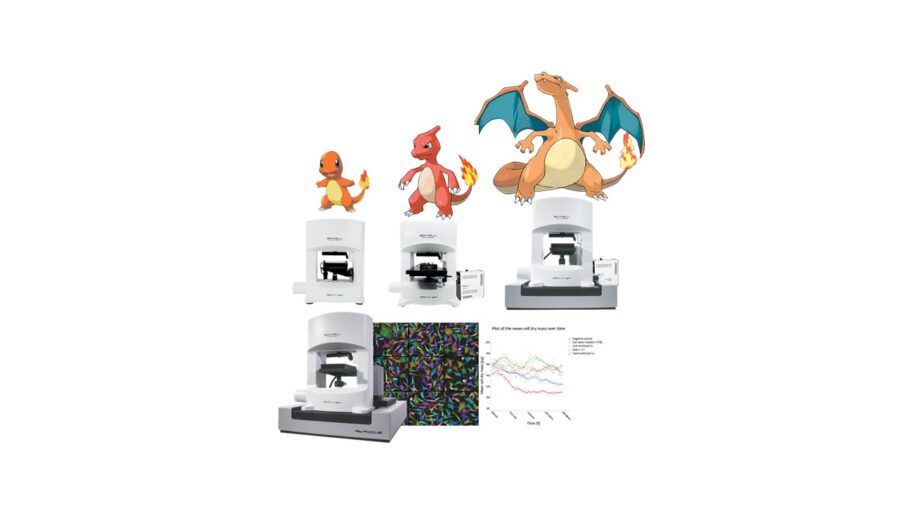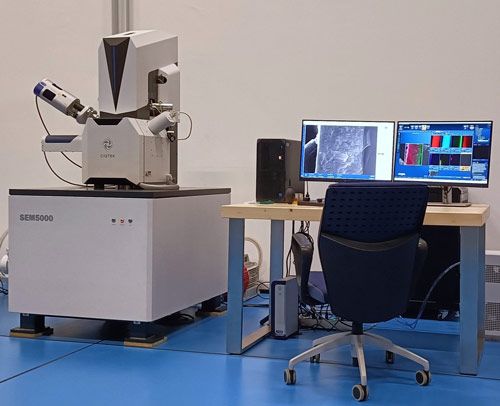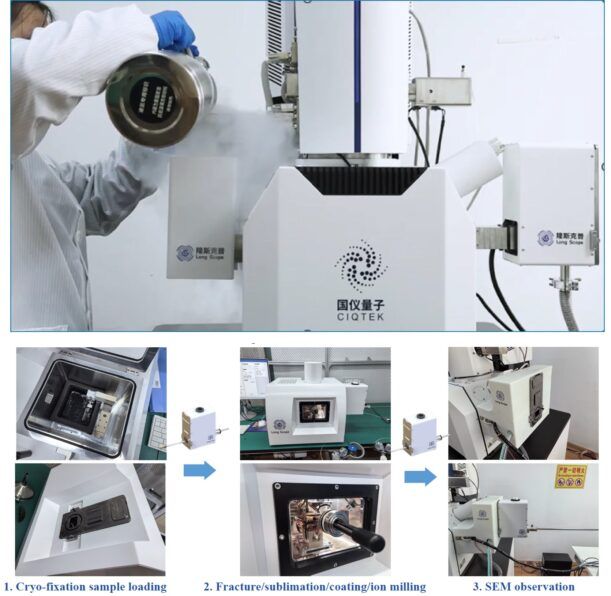Upgrading a Bruker two-photon excitation microscope has never been easier. With the FLIM LABS upgrade kit, researchers can seamlessly transform their existing Bruker Ultima system into a cutting-edge Fluorescence Lifetime Imaging Microscopy (FLIM) platform. This evolution brings the ability to capture fluorescence lifetimes in real time, opening the door to advanced metabolic imaging without compromising the microscope’s standard functionality.
FLIM LABS components are designed for simplicity, consequently, their integration is extremely straightforward. The upgrade relies on compact, USB-powered modules that connect directly to the existing Bruker setup. A schematic representation of this setup is reported in Figure 1, and it specifically includes these key components:
- 1 FLIM LABS Active Signal Splitter that duplicates the photomultiplier tube (PMT) signal
- 1 low-noise amplifier (FLIM LABS LNA) to preserve signal integrity
- 2 constant fraction discriminators (FLIM LABS CFD) for precise synchronization
- 1 time-correlated single-photon counting (TCSPC) card for lifetime acquisition (FLIM LABS Data Acquisition Card)

Figure 1: Schematic of the FLIM Upgrade for the Bruker Ultima Microscope. The Hamamatsu PMT signal is duplicated by the FLIM LABS Active Signal Splitter, amplified with the FLIM LABS LNA and digitized by the FLIM LABS CFD before reaching the FLIM LABS Data Acquisition Card. A copy of the signal continues to the Bruker controller allowing parallel operation. Synchronization signals from the MaiTai DeepSee laser are processed through a second FLIM LABS CFD and sent to the FLIM LABS Data Acquisition Card for time-correlated single-photon counting. All lifetime data are managed by the FLIM LABS software, running on the same computer as the Bruker system and fully compatible with Python export.
All these modules work in parallel with the native Bruker control unit, ensuring that Bruker software continues to operate as usual. At the same time, the FLIM LABS Imager software runs on the same computer, handling lifetime acquisition and phasor analysis. This dual-operation design makes the transition smooth: no rewiring of the microscope, no downtime, no disruption.
Once installed, the system immediately expands the capabilities of the Bruker microscope. By capturing fluorescence decay instead of just intensity, researchers gain a robust readout that is independent of concentration, bleaching, or excitation power. With the addition of phasor analysis, lifetime data become intuitive enabling new applications. This upgrade is not just a technical improvement, in fact, the obtained system setup can now perform label-free metabolic imaging, using NADH fluorescence lifetimes to distinguish between oxidative phosphorylation and glycolysis. This very powerful tool born thanks to the combination of 2-photon microscopy and FLIM, and it has been extensively described in our last Application Note: MetabolicImaging.




